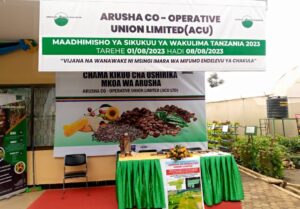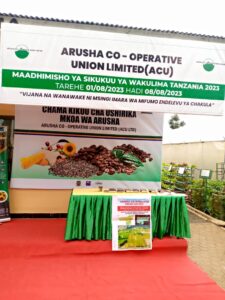A brief history of Tanzanian coffee
Before it was known as Tanzania, the country was called Tanganyika, and it is located close to the birthplace of arabica coffee – Ethiopia.
It is well known that East Africa, and particularly Tanzania, has a long history with coffee. That said, the product was only produced for commercial purposes and integrated into global trade during the early 1900s.
Notably, Tanzania’s coffee production and international integration began when the Germans colonised the region. They promoted the cultivation of arabica coffee in different regions, and from 1905 to 1912, the country’s coffee exports soared.
At the end of the first World War, the British Empire replaced the German colonies across East Africa. While their attempts to expand the coffee industry to increase productivity were unsuccessful, they did not disrupt the stability of the sector.
Then, during the 1960s, the region of Tanganyika gained independence from the British, and the modern Republic of Tanzania was born.
Tanzania began again with a socialist government, and part of the economic strategy was to strengthen the coffee sector by increasing production.
It is important to note these years of independence were a challenge for the country’s coffee industry, as it was plagued by political struggles, high inflation, and slow economic growth.
In time, the coffee industry was privatized, and producers were able to sell their products directly to roasters and other buyers, helping shape the industry seen in the region today.








